La dolce vita. Hmmm. When I was in high school, la dolce vita (LDV) meant something other than what I consider it today. At that time, one of the nuns teaching at our school considered LDV as something nefarious and unholy. I look at it, though, as living your best life as if living in Italy.
Many people who talk to me consider living la dolce vita as moving to and living in a beautiful little place in Italy (or Spain or Croatia or Mexico or wherever). If you know me, my dolce vita is in Italy, and while I am not here permanently, I do try to “live” here as often as I can.
Let me tell you my story and how you might be able to experience your slice of the sweet life.
My Story
The taxi driver dropped me off in the middle of Bologna’s Via Santo Stefano a little after midnight. Normally a very busy street, that night we were the only car traveling it. Except for three or four drunk college kids, we didn’t see anyone walking the porticoes that lined both sides of the street.
Leaving me to struggle to get my luggage out of the street, the taxi driver took off. Golden lights shining from the street lamps competed with the green lights shining from the porticoes. Those lights and the silence gave the night an eery feel. Exhausted after a 20-hour travel day, I yanked my luggage across the cobblestone street and to the apartment building where I was to live for the next six weeks.
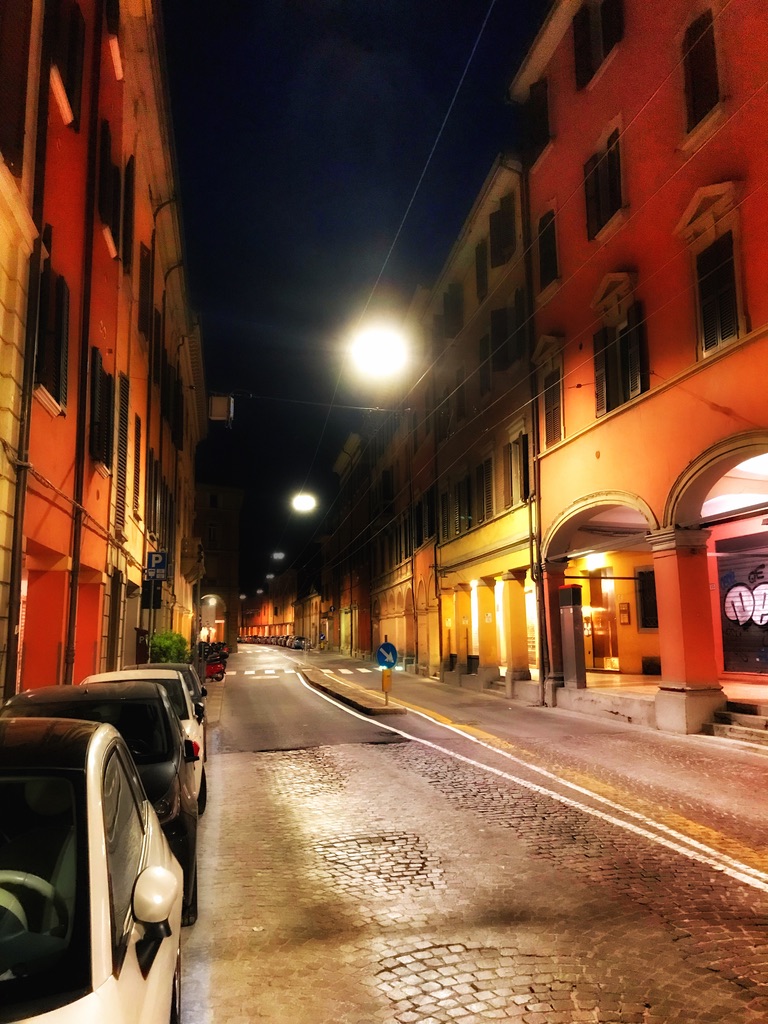
The apartment manager had told me he’d be waiting in the apartment, so I rang the bell as he had instructed. No answer. I waited a few minutes and rang the bell again. No answer. “Third time’s the charm,” I said to myself and rang the bell again. No answer.
So many things go through one’s mind when caught in a situation like that: Foreign country. Middle of the night. No key or friends to call. No one in sight or any way to communicate even if someone happened to walk by because the language was a barrier. While I had not yet begun to panic, anxiety was starting to creep in.
Saved by the Cell Phone
I remembered where I stored my phone during my layover in London, so I pulled it out and turned it on. Luckily, I had saved the apartment manager’s phone number in my contacts, so I dialed him. By the time Giovanni answered after the fourth ring, I was barely breathing or thinking. “It’s….Chris,” I blurted out. I have no recollection of what he said to me, but I remember relaxing immediately.
Three minutes later, he popped out of the entrance to a building three doors up. As we entered the apartment building, he handed me three keys, one each for the building, the gate, and the apartment door. Knowing I was tired, Giovanni showed me how to turn on the lights and said he’d see me in the morning to explain how everything else in the apartment worked.
After a quick shower and even quicker phone call to my husband to let him know I had safely arrived, I was asleep in my new “home.”
Living the Life
That bumpy start to my first foray of “living” in Italy was almost 10 years ago. Like most people I know, I didn’t —and still don’t—have the ability to move there permanently. Yet, I’ve managed to “live” in Italy for one-to-three months at a time almost every year since. The good news is that you can, too, if you prepare.
Location
The first thing you must do is choose the town where you want to live. While cost of living is always a major concern, there are several other things you should consider when looking at a town to “live” for a month.
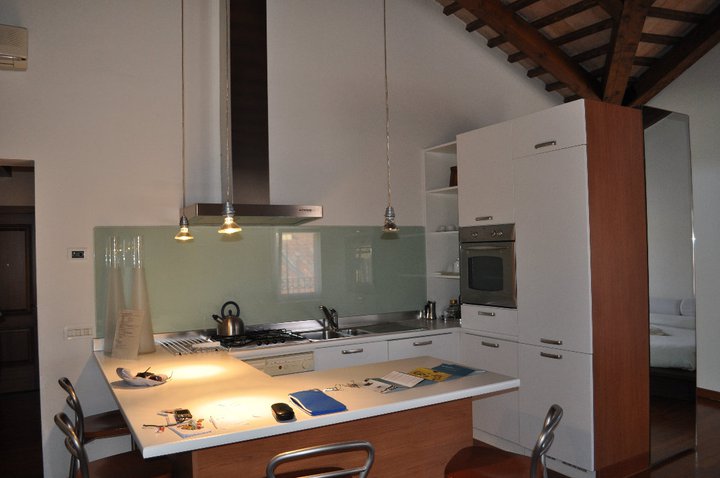
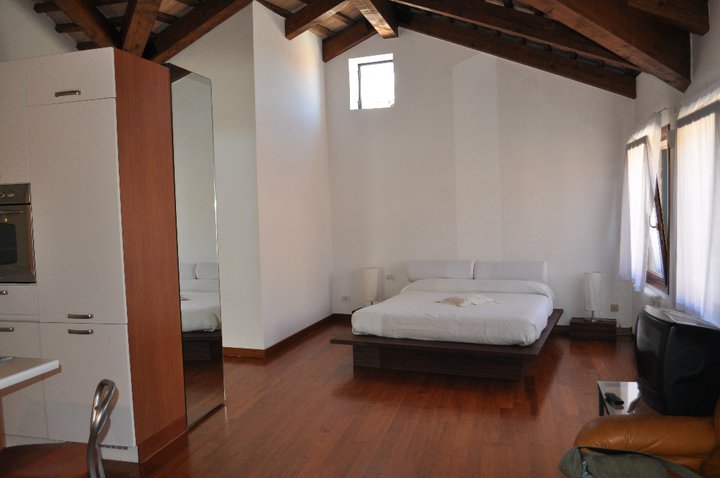
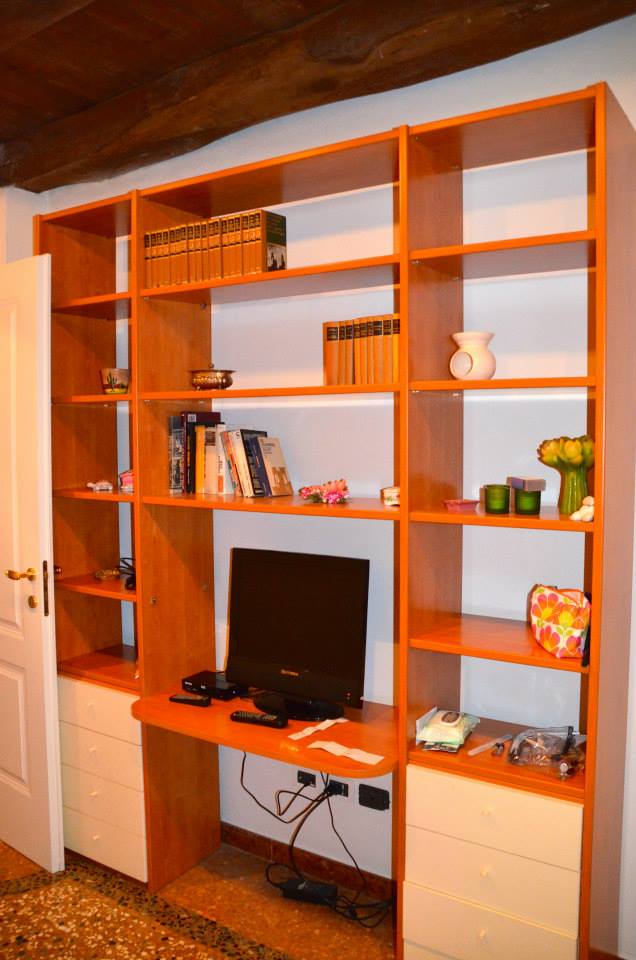
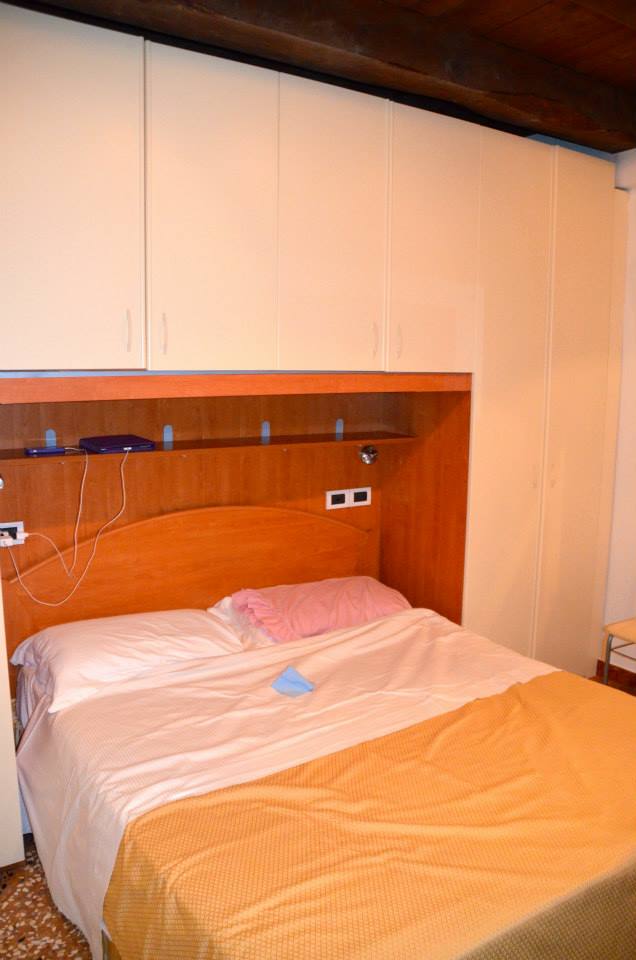
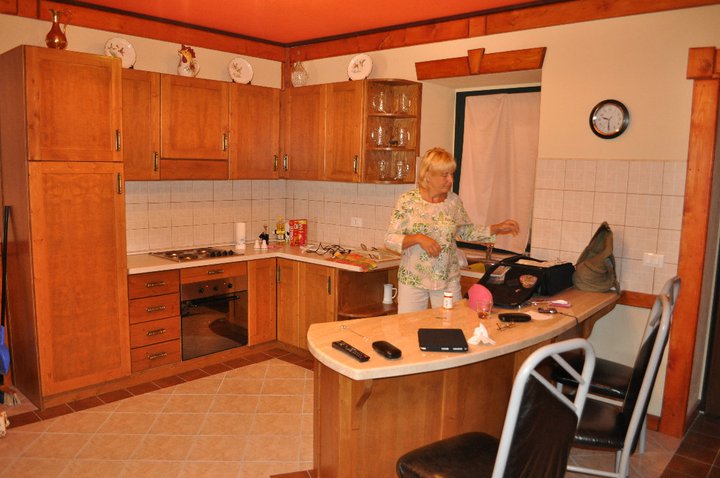
Some people are able to land in a place they’ve never visited before, but I think that familiarity with where you go is important. Some years ago, I spent more than two weeks in Prague, a place I’d never visited, and I was miserable. As much as I researched, read, and prepared, I spent most of the first few days getting lost as soon as I walked out of the apartment. Beyond badly pronouncing, “Hello,” “Good-bye,” “Please,” and “Thank you,” I could neither speak nor understand the Czech language. Even a little thing like the fact that most coffee shops did not open at 6:00 am (and that beer is cheaper than coffee) was disconcerting.
When looking at different countries, the first things you need to research are the visa requirements for the country you choose. In addition, you should also consider the country’s language, the town’s services (grocery, restaurants, transportation, etc), and the kind of accommodation you will rent
Visa
As of this writing, Americans and Canadians can move to and travel freely between the 29 countries (See sidebar for Schengen countries) within Europe’s Schengen Zone without a visa for 90 days (within a 180-day period). The 29 countries operate without border controls and allow freedom of movement between them. That said, sometime in 2026, non-EU citizens will need to have an ETIAS travel visa in order to enter the Schengen area. For more information, check out the European Commission’s website.

As a side note, if you don’t adhere to the regulations concerning visas and length of stay, a country may fine you or even ban you from travel there anywhere from one year to for life. While Italy tends to be a little lenient, you don’t want to take a chance.
Language
English has become a widely spoken language, but you cannot always count on that. Italians do study English, but the farther you are from tourist sites, the less English you’ll hear.
If you don’t speak Italian (or the language of another country where you want to settle), consider taking a short language course to get the basics. Should that not be an option, try an online language course. I can’t tell you how many times I’ve heard Americans get angry because an Italian doesn’t speak English. We are visitors in their country; making an attempt to speak their language goes a long way.
City Services
Unless you are going to rent a car for your stay, you want to make sure that the town that you pick has good public transportation. Depending totally on trains and buses, I never rent a car when I’m in Italy. As popular as trains are, you aren’t going to find train stations in every Italian town. Some small hill towns do not have taxis or even consistent bus service. Easy access to transportation becomes important when you need to shop for essential because the town doesn’t have a grocery or market… or even when you want to get away for a day trip.
These are major reasons I can’t live in my grandparents’ birthplace in Italy for a long period of time. Bus service between their small village and the closest main town is very limited. The two small tabacchi that once sold basics have closed, and the two restaurants are open only certain days and hours. The nearest grocery and train station are about 10 km away. And, since I refuse to rent a car, staying there would be a difficult proposition for me.
Accommodations
Once you have answers to all of the above concerns, you’ll need to decide how long you are going to stay in one place and then search for a rental or rentals that will meet your needs.
I know people who have stayed in Europe for one month hopping between cities every week or so. There’s nothing wrong with that if you want to experience different cities and places. I did two weeks in Prague and Paris, and that was enough to give me the flavor of the town. If you want to live like a local, though, the best way to do it is stay for a month (or more).
Finding a place to stay is not difficult if you know where and how to research. For more than 10 years, I had used Airbnb and VRBO almost exclusively. A few years ago, I discovered that booking.com also list apartments, so I now also check that site, too. There are many others (See sidebar for links), but I have used those three without even a minor problem.
Using any of the short-term rental sites is intuitive: You put in the city you want to check and the dates you’re planning to stay. You can also add filters such as a washing machine, air conditioning, and elevator. Keep in mind that a lot of the old buildings in Europe may not have an elevator. The flat we rented in Paris had everything we needed and 110 steps to return to them whenever we left. Hauling luggage, groceries, or even yourself up and down that many steps a few times a day gets old quickly.
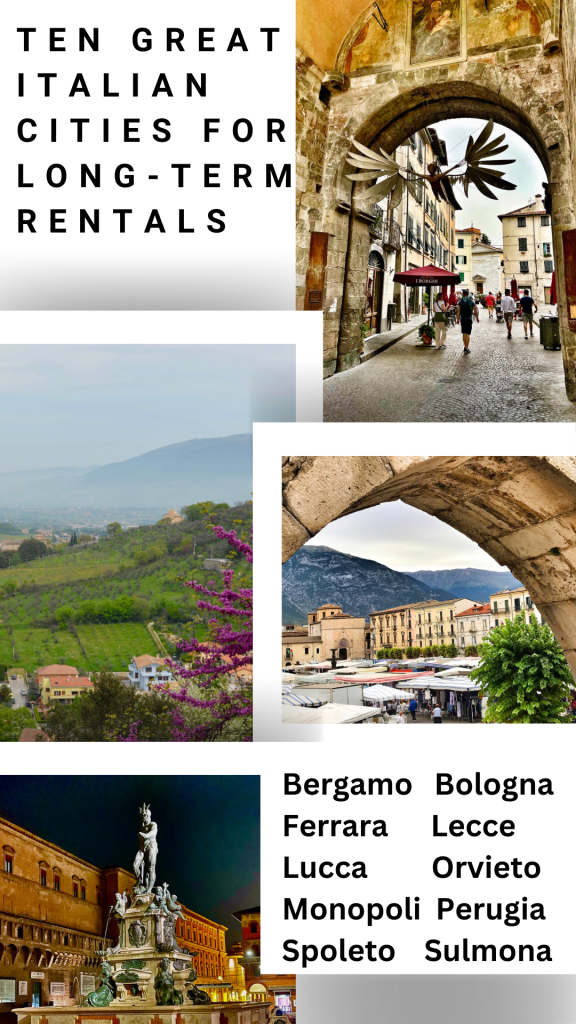
Location
The location of your apartment is important. You want to be close enough to avail yourself of all the town has to offer, of course, but you also want to make sure you are in a good area. This is where familiarity with a particular place comes into play. You know where to look to find the best rental options.
When you look at the prices, be sure to check the complete final price. Most hosts give a discount for weekly and/or monthly rentals. Some hosts charge cleaning fees, and all charge taxes, and service fees. Flexibility in cancelling is also important. Even though the price may be less expensive, I like having the ability to cancel for any reason.
Hint: I have seen the same apartment on more than one of the sites, and the prices often vary greatly. This is due to the difference in fees the host must pay the booking sites.
Finally, read the reviews thoroughly because they will tell you the little things that the description and photos don’t tell you. For example, an apartment might have internet listed as an amenity, but you’ll only know that it might be too slow or unreliable if another guest writes it in his/her review. I rented an apartment in Orvieto earlier this year. It had glowing reviews, but no one mentioned the noise from the two osterias on the street below it. While I enjoyed my time there, but I had a hard time writing and sleeping.
Living in Italy
Since the night the taxi driver abandoned me in the middle of that Bologna street, I’ve lived in a variety of apartments all over Italy. Luckily, I’ve never experienced another snafu. Living in Italy has introduced me to new places, new experiences, and, best of all, new friends. With careful research and planning, flexibility, and open-mindedness, you’ll be able to find the same.


